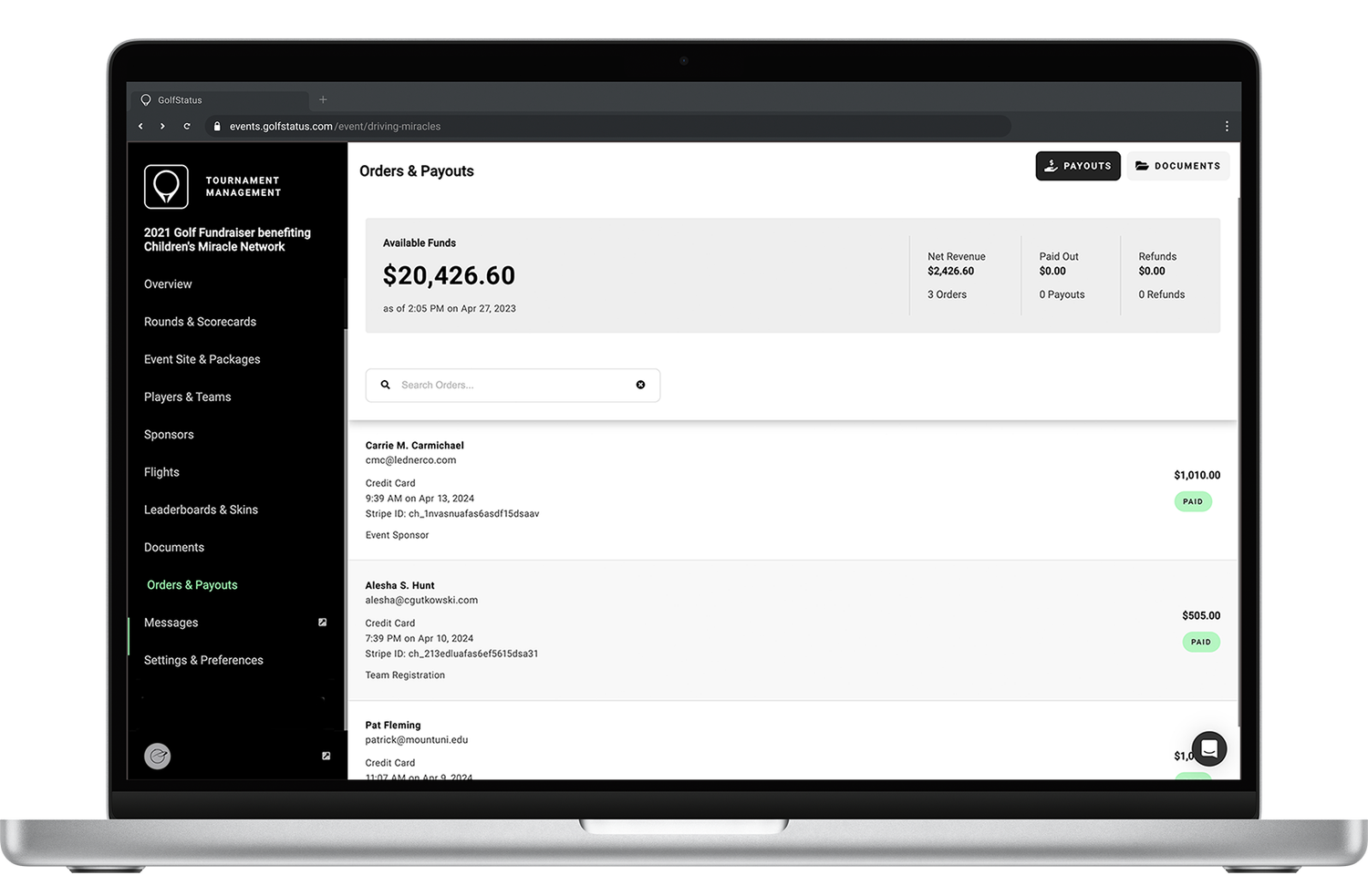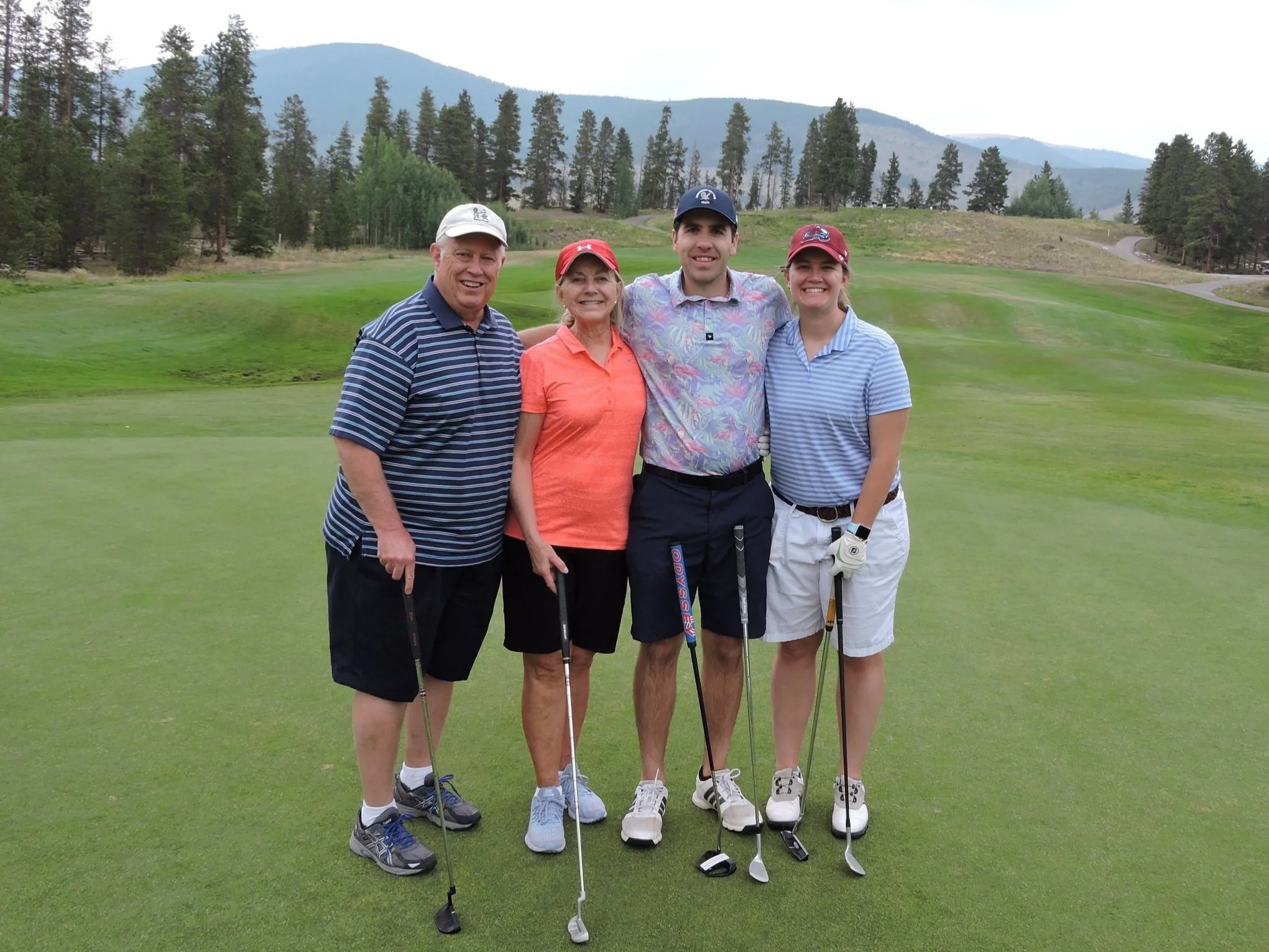Partner Snapshot
When Dino Verelli’s father, Giovanni, was diagnosed with pancreatic cancer in 2008, he found very little in terms of support or resources for pancreatic cancer families. Dino decided to take action to rewrite the story of this formidable disease. He launched Project Purple in 2010, fueled by a commitment to his father and the countless other patients and families affected by pancreatic cancer. Sadly, Giovanni passed away in 2011, but his memory is honored through Project Purple’s work to raise awareness, drive crucial research into early detection, and provide aid to patients and families battling pancreatic cancer.
Pancreatic cancer has just a 13% five-year survival rate. Its symptoms often don’t present until the disease has advanced and spread to other organs, making early detection—when the chances of successful treatment are the greatest—even more of a challenge. Vin Kampf, Program Director at Project Purple, lost an uncle to pancreatic cancer within just six months of diagnosis, inspiring him to join the Project Purple team.
“One of the most important things we do is build community,” Vin says. “It trickles down into our other areas of focus.”
“Fostering a community of support helps patients connect with others who are in the same fight. It’s been life-changing!”
The Challenge
Vin oversees the marathon program at Project Purple, which raises funds through individual runners in marathons and races across the world. The program has helped build the community that’s become so important to the organization, joining together with the pancreatic cancer patients, their families, and the institutions conducting crucial research into a cure.
Vin also loves golf. He’s played in a number of golf fundraisers and helps with a tournament organized by an aunt in memory of his uncle. He saw the fundraising potential and reach of such an event, and wanted to bring that to Project Purple. “Who doesn’t love being outside, being together with others working toward a common purpose, and connecting with them on new levels?” he says. He started to think about how a golf tournament might work for Project Purple—and then the COVID-19 pandemic hit.
“All marathons were canceled, but we were able to move forward with a golf fundraiser,” Vin says. “It was the one fundraising event we could do safely.” They threw the first tournament together in just a few months for a fall event, then had a quick turnaround when they opted to move the tournament to June. He used the organization’s CRM and multiple spreadsheets for the first two tournaments and ran into roadblocks. “It felt clunky and inefficient, and the registration site didn’t look good or work very well,” he says, and began looking for a better way to plan and manage the tournament that was structured to handle golf.
Organizers wanted to make its annual charity golf tournament a marquee fundraising event for Project Purple.
The Solution
In the middle of planning for year two of the tournament, Vin started researching software options and came across GolfStatus.“We really wanted the golf tournament to become a marquee event for us, and we needed a solution that reflected that,” Vin says. He downloaded a handful of tournament planning resources from the online resource library and connected with the GolfStatus team.
Once he learned more about the software’s capabilities, the premium sponsorship and add-on options, and the top-notch customer service, Vin realized GolfStatus was what was missing from the golf tournament.
An event website made it simple for golfers and sponsors to purchase teams and sponsorships.
“We really wanted the golf tournament to become a marquee event for us, and we needed a solution that reflected that.”
The Results
The tournament has grown every year since it began, and Vin credits GolfStatus with helping reduce costs and opening doors to additional revenue streams. The 4th annual tournament brought in $130,000, which will fund patient financial assistance programs and research grants for early detection.
Boosting Revenue With GolfStatus Exclusives
Vin and his planning team are constantly looking for ways to boost revenue from the tournament, and GolfStatus provided a menu of options that elevated the tournament. GolfStatus’ Technology Sponsorship was folded into the tournament’s Title Sponsorship, providing additional value and touchpoints across the platform. The tournament also sold a Pin Flag Sponsorship that provided high-quality, TOUR-caliber pin flags on all 18 holes. “The flag sponsor was ecstatic!” Vin says. “He was over the moon about how great the flags looked and the exposure they got.”
What’s more, GolfStatus’ Bundled Hole-in-One contest package added two more premium sponsorships. “The Dormie Network prizes alongside the cash prizes made a ton of sense for our tournament,” Vin says. “We split the contest to two holes to capitalize on another sponsorship.”
Project Purple’s golf event raises funds for patient assistance and early detection research.
Increased Efficiency & Streamlined Tournament Management
Vin says the first year of the tournament felt like “organized haphazardness.” Between trying to get their CRM to function effectively for the golf tournament to creating processes that maximized the small planning committee’s time, Vin says they learned a lot, but knew planning and management could be improved from top to bottom.
“GolfStatus immediately saved us time and kept us organized,” he says, and laughs that “the spreadsheets could finally go away!” They simply share the link to the golf tournament website in all promotional materials where golfers purchase their team and any add-ons. Sponsors can browse available packages and submit their logos and messaging right through the event website, saving a ton of back and forth. “No one had any issues, it was super easy to get golfers and sponsors registered.” All golfer, sponsor, and payment information is accessible in the software’s back end, which Vin says was easy to navigate. And if he did have questions or needed guidance, GolfStatus’ in-house client success team was available whenever Vin needed them.
“GolfStatus was transformative for our golf tournament. Everything is so streamlined and seamless.”
Project Purple unlocked GolfStatus’ invoicing feature to work with some of the tournament’s sponsors, and says that was a huge time-saver for Vin. “I could send invoices right through the software, which freed up a ton of time for me to work on getting sponsors.”
The pre-formatted printouts saved even more time. Vin says a few days before the event, he was able to find the documents he needed—alpha lists, hole assignments, rules sheets, and scorecards—and just click print. “It was all ready to go!” Vin says.
The Hall of Fame ceremony has become a special part of the golf tournament. It recognizes people who have battled pancreatic cancer and had an impact on the Project Purple community.
Creating Cause Connecting Through the Project Purple Hall of Fame
Perhaps the most impactful part of the tournament is the addition of a hall of fame induction ceremony to the post-round dinner. It’s become a special moment of honor and recognition for individuals who have battled pancreatic cancer and had a deep impact on the Project Purple community. Inductees or their families receive a purple jacket and their picture hangs in the organization’s offices as a reminder of their fight against the disease.
“The hall of fame ceremony is such a meaningful part of the tournament,” Vin says. “People hear from those who have fought pancreatic cancer or family members of someone who passed away from it. It helps everyone understand the importance of what we’re doing.”
Building Momentum
Vin hopes to use the lessons learned from the Golf Classic for Pancreatic Cancer to build momentum and empower supporters to plan golf tournaments that raise money for Project Purple. “GolfStatus has helped us build the template for that—we just have to plug and play,” Vin says.
They’ve built a strong relationship with the host golf course, Shorehaven Golf Club in Norwalk, Connecticut, and are looking to broaden their volunteer and sponsor bases. “We have a great story to tell and more to offer sponsoring businesses,” Vin says of the digital exposure provided by GolfStatus, coupled with other ad space and exposure opportunities on the organization’s website.
Project Purple’s golf fundraiser has grown every year since it began, and organizers credit GolfStatus with helping reduce costs and opening doors to additional revenue streams.
As Project Purple continues to build momentum for a cure, they’re building momentum for the 15th anniversary of the organization and the 5th annual golf tournament. Vin says he has big plans to mark the occasion—and big goals. He says he hopes to raise $200,000 in year five, bringing in more dollars to help patients cover bills and expenses so they can focus on fighting their cancer and fund early detection research that boosts survival rates.
Vin is already planning for next year and looking for ways to elevate the experience for golfers while also raising more money. He knows $200,000 is a lofty goal, but is confident they can get there. “It’s a lot of work, but it’s been so rewarding at the end of the day. When everything comes together, and I’m driving around the course and seeing so many smiles, it’s all worth it.”
See how their 2025 event went
Golf for Good
As a nonprofit, Project Purple qualified to use GolfStatus’ golf event management software at no upfront cost through the Golf for Good program. Nonprofits can get an event website, client-only add-ons and sponsorships, access to Fundraising Specialists, time-saving tools, and much more. Click below to book a meeting with our team to learn more and get qualified!


































